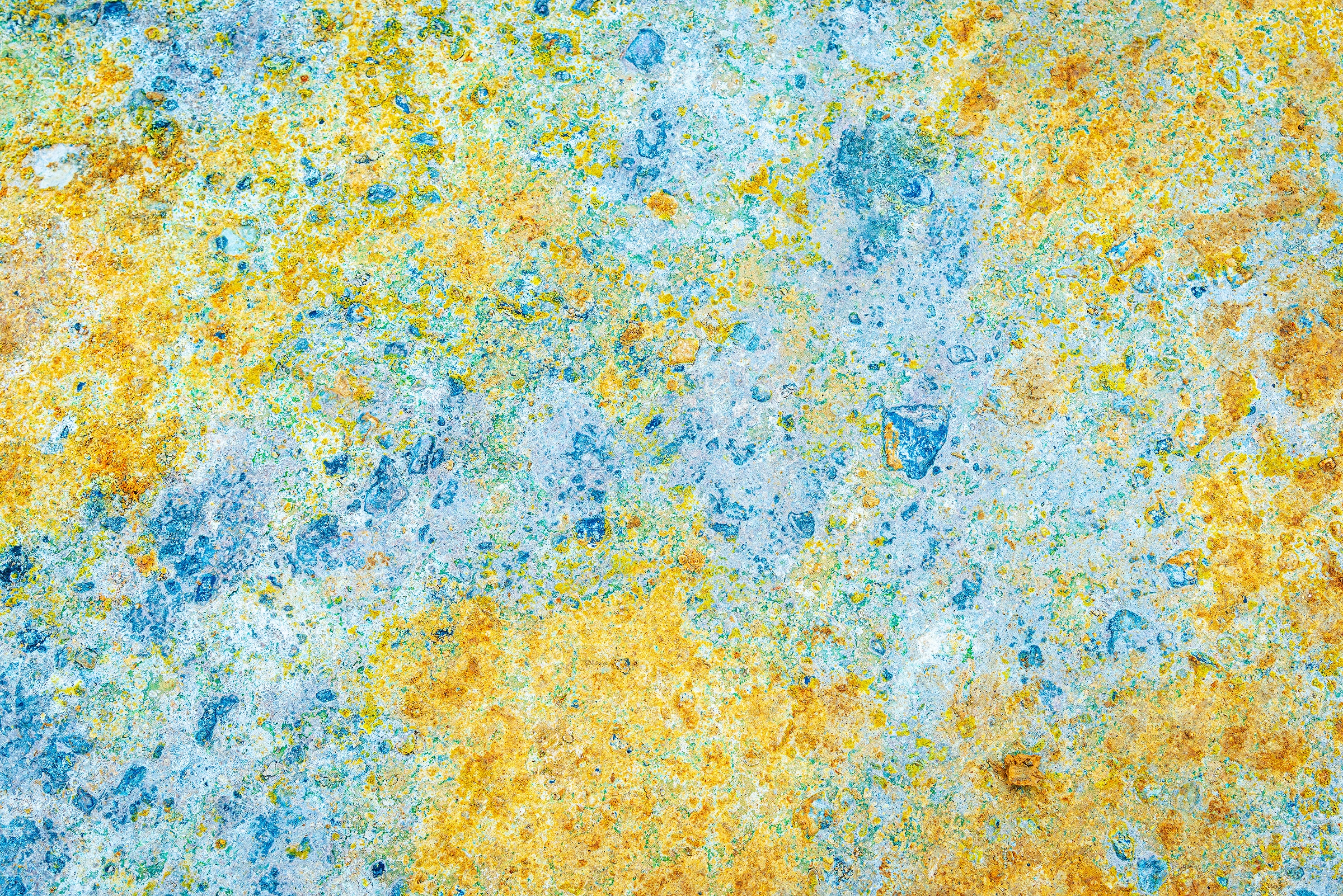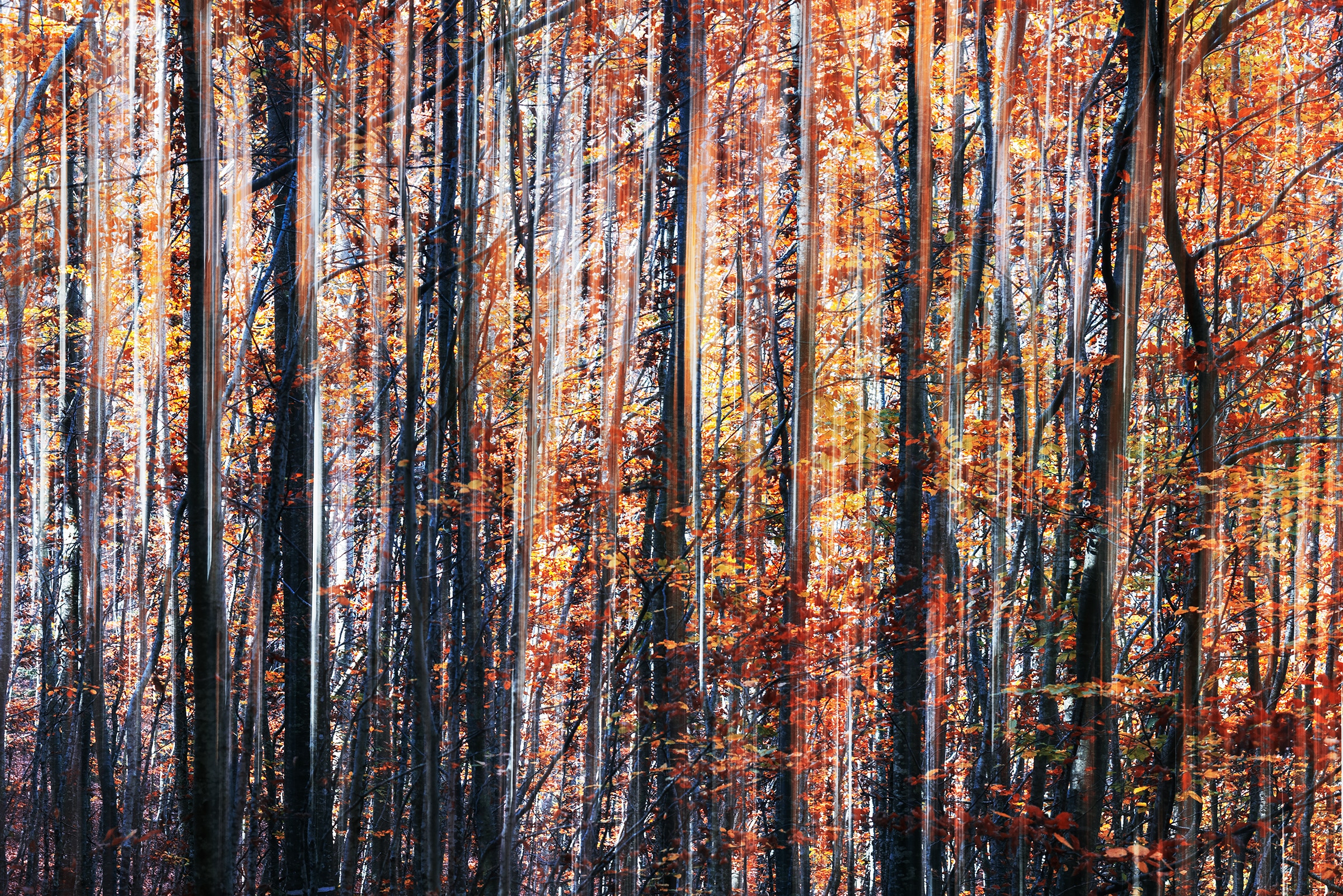
The Evolution of Landscape Photography in the Last Decade
Introduction
Landscape photography is possibly the genre that went through the most radical change in the last decade or so. New post production techniques became popular and commonly used by amateur and professional photographers; social medias took over the web and became the most widespread way to share pictures online, changing along the road the way we look at other people's photos; last but not least, the most recent equipment allowed photographers to explore techniques that simply couldn't have been possible ten years ago, from photography in low light conditions (e.g. nightscapes) to using ND filters on super wide angle lenses without any strong color cast, just to name a couple.
Anyway, the biggest change we saw in the decade is the photographers approach to landscape photography. And that's exactly what we are going to talk about in the article.
Just in case: if, by reading the article, it happens that you'll think "hey, I'm a photographer and I haven't been through this" it's fair. There are many exceptions to what I wrote down here (luckily). My aim was to highlight the general trend, without referring to anyone in particular.
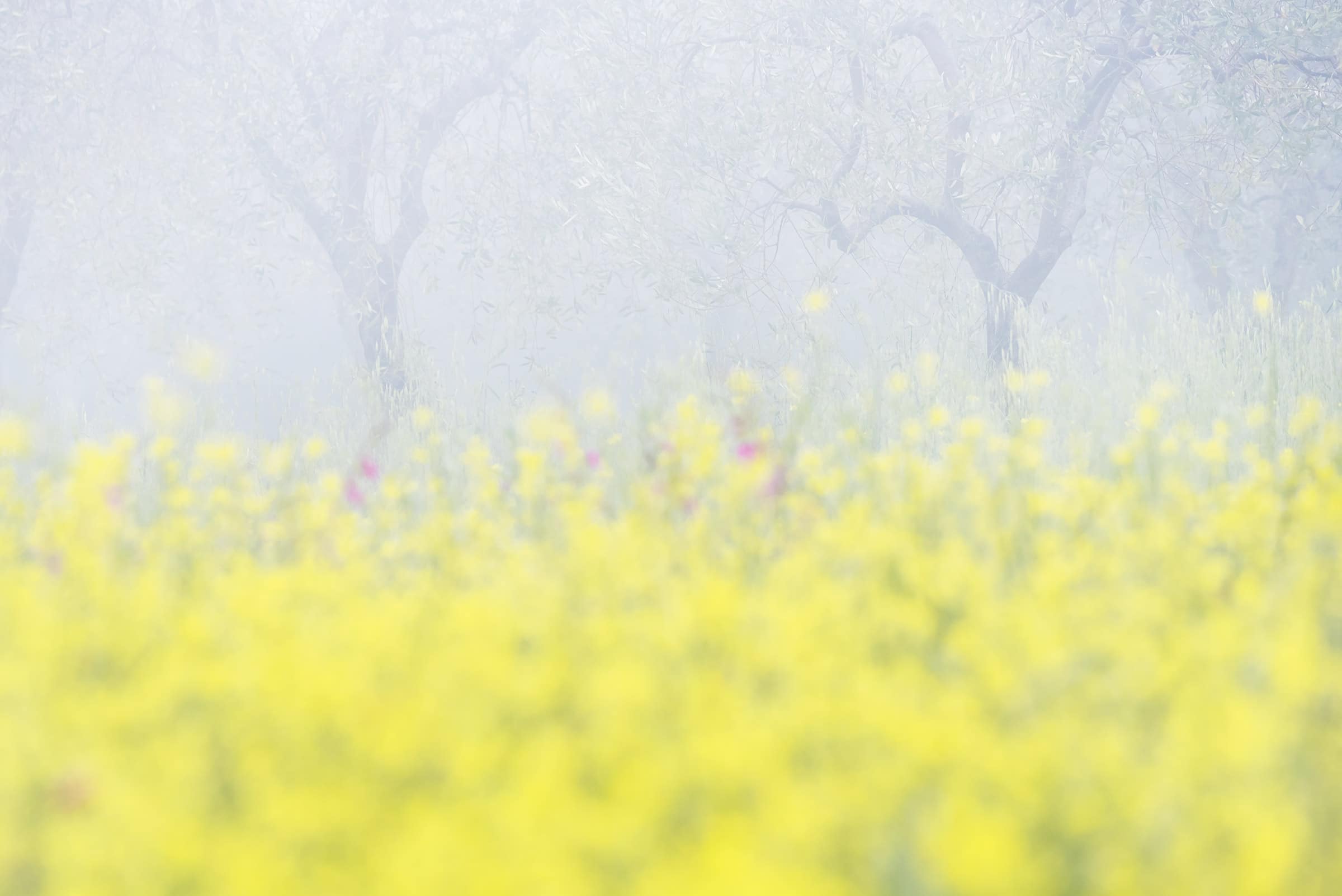
The Change
I've been in the landscape photography business for almost a decade now, and it changed so much along these years that it's been really hard to keep up.
When I was just starting out, social medias were already known but not really popular yet for photography; they were considered mostly as a place to share personal pictures and keep up with your friends. Nothing more than that. It would have been almost weird to share your best pictures on your Facebook profile. Instead, forums and photography platforms were mostly the place where you would have found a true photographic community online. Places where you could find other photographers - amateur and non - sharing their real thoughts about other people's photos, commenting, criticizing and discussing about them. In a few words, places were you could really learn something and improve your photography. I'll be honest, sometimes it hurt to read bad words about photos you thought were decent, but it helped me in a way that at that time I couldn't even imagine.
Then social medias slowly gained an incredible amount of popularity in the world of photography too, more often than not being a "replacement" platform for many photographers to share their pictures. It made sense: in the early days, when advertising on social medias wasn't a thing yet, you could really grow your audience by sharing your pictures on the right platforms. It was free, it was easy and it was hassle free.
The first problem that surfaced along with the elevation of social medias as photography platforms was the ever-increasing search for an ego boost, for approval and for self-satisfaction by many photographers and passionates about photography. Landscape photography was becoming a way of saying "hey, look, I'm cool, I'm traveling in wild places and exploring our world" rather than exploring your personal relationship with Nature (or try to establish one) and try to convey those feelings into your pictures. It was all a matter of personal ego, social media gave people-with-a-camera a way to become famous and popular on the web, and many of us traded the long road, made of self exploration, failures and inner growth in order to find a personal and expressive style in exchange of the short road made of applying a given formula created by others before, visiting the same popular locations and growing an audience in a quicker way.
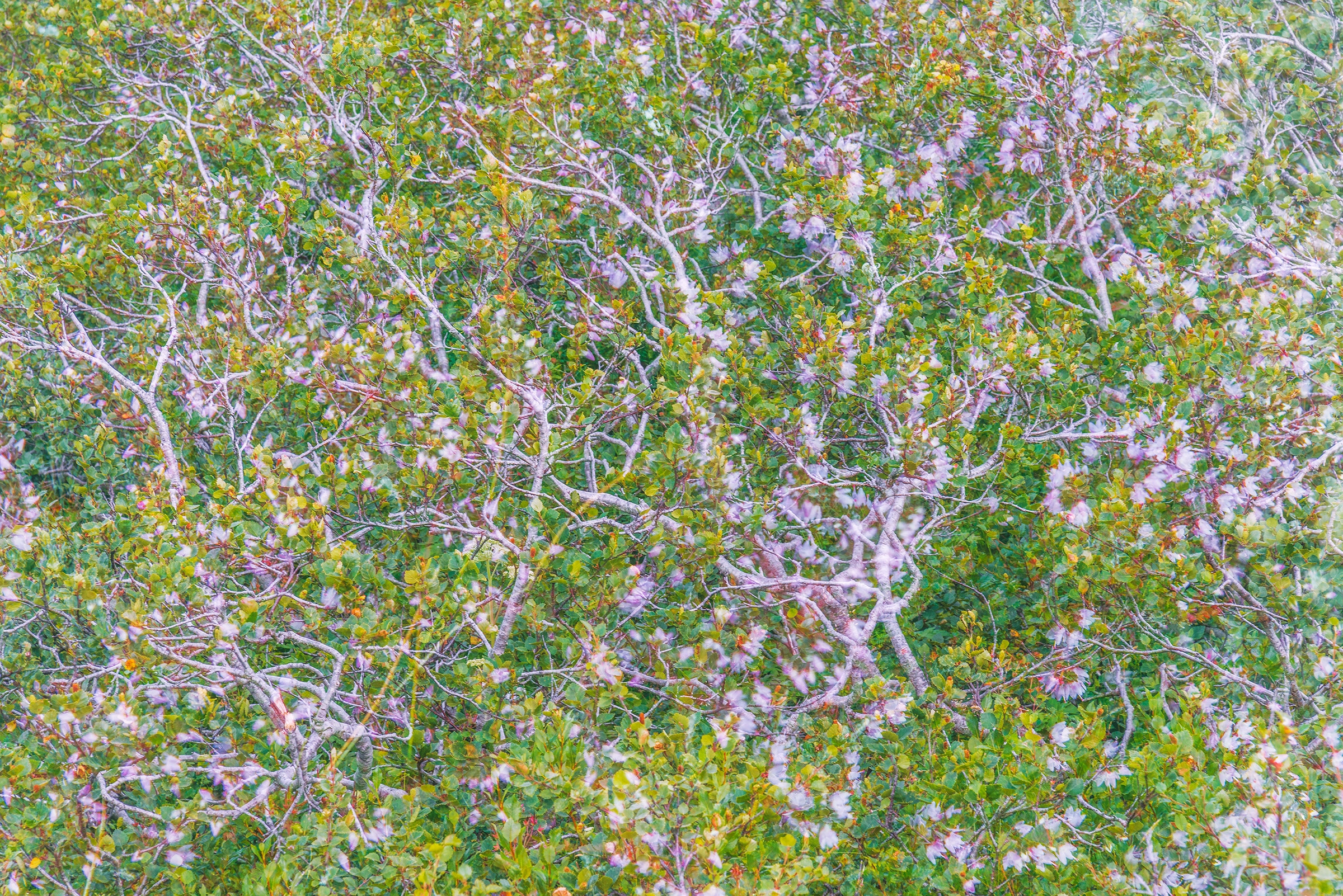
Anyway, along with the popularity of social media another quite foolish mechanism became more and more popular: the so-called "like for like" (or "follow for follow", whatever). Basically, it was an exchange vote, where you like others people's photos and/or follow them and in return they will like yours and/or follow you. Quickly enough, this reality-distorting mechanism took over the good old meritocracy in 90% of the times, so if you wanted to make a living out of photography in the era of social medias, it was becoming less about making better (or different) pictures than other photographers and more about handling your social profiles better. Except from a infinitely small amount of cases, it was just not possible to give/receive some good honest critiques on pictures; if you tried to explain why you didn't like a photo, chances were high that you would have been banned from that profile, instead if you were looking for some constructive words to improve your photography skills, chances were really low that you could find help.
And then another problem arose: the flooding of beautiful pictures on social medias caused an habituation from both the general public and the photographic community. The same picture of Mt. Kirkjufell in Iceland nowadays is not even remotely as interesting as it would have been 8 years ago. Why?
Well, because you can find thousands of them pretty much everywhere, and the majority of people got used to see the place. Sad, because the place is still as spectacular as it was 10, 20 or 30 years ago (apart from the amount of people that you'll meet there, but that's a thing you can't know from the pictures). The point here is that both photography and travel became much more affordable in the last decade; and it's not only a matter of money, it's also about the more user-friendly photographic tools and the incredibly simple way you can book pretty much everything for a trip to other end of the world from the palm of your hand in about 5 minutes. Combine these factors, and you'll get an esponential increase in the amount of photographic tourism. Many wild places got way more accessible and easier to reach. And don't get me wrong, I'm not saying this with a negative note; I'm actually happy that more people get to see the beautiful locations that this Earth has (hopefully behaving responsibly in the meanwhile, but that's a whole new argument). We all deserve to travel and explore, and I'm glad we found a way to allow more people to do it. Anyway, returning to the main argument, if ten years ago you would have traveled to Iceland, you would have probably found 1/50 of the photographers that you will find if you travel there nowadays. This flooding of photos brought photographers to enhance their pictures more and in more creative ways, in order to differentiate and to emerge from the crowd. Far from me to say that landscape photography should represent reality, it's not hard today to find pictures that made a long way (to say the least) from what was the original view of the place.
Truth is that the vast majority of people nowadays are no longer surprised by a good photo. Actually, not even by a great photo. The average attention threshold is a bunch of seconds, and there are high chances that your audience will "observe" the pictures you put so much effort in on a 5" screen. Not so rewarding, eh? Don't get me wrong, I'm not saying that EVERYBODY is doing that. There are still people - both photographers and non - that will visit your website or your art gallery and spend a decent amount of time looking at your pictures. But unfortunately it's becoming more and more a "niche" thing, something that it's not common anymore.
The ever-growing loss of attention together with the saturation of the market and a consequent increase of competition, due to the fact that as we saw earlier that both photography and travel became way more affordable, led to an increased number of artists that crossed that invisible line between photography and digital art, creating scenes that were simply impossible to see in the real world. In a few words, creating artworks with the precise aim to sensationalize and make you stop for a few seconds more while you are scrolling your social feed to say “wow”. A purely aesthetic purpose, empty photos generally made to sell a location/service.
You see, a few strings up here I mentioned a few examples all related to the post production part of the creation process; but truth is that a creative post production workflow isn't the discriminating factor between producing good or bad landscape photographs. I personally know and respect artists that became famous for their own particular post-production style, because I know that it's just their way to express and transmit the emotions they felt while shooting. And as I said, I respect and admire that. I wanted to clarify this point before you jump on your chair thinking that I'm just debating on how we should post process pictures. The approach I'm talking about begins on the field, or even before than that: photographers that reach the place, take the shot and go away, photographers that don't savor the moments spent in the wilderness, photographers that don't respect the environment and trash out the place in favor of a better point of view or an “Insta worthy” picture. In other words, people with a camera, not nature lovers. Persons that see the landscape as a means to reach an end, generally popularity, and not understanding that the landscape itself is the end. That's the approach I'm referring to, and the one I condemn.
Don't despair though! Everything's not lost: a new trend is slowly taking shape in landscape photography, a healthy one this time. The point is, I was not the only one that had noticed the road landscape photography was riding till a couple of years ago. Luckily, always more and more landscape photographers detached from the toxic popularity mechanisms that social medias got us used to. There has been an increased attention to spread the love for nature, to explain the right ways to behave when we are out in the wilderness and to photograph looking for your own style rather than shooting just to increase your popularity online.
Social medias made their part too, as they put into practice some effective restrictions to avoid the spread of exchange vote mechanisms and the increase of "bots" (fake accounts); Instagram at the moment I'm writing has even hidden the number of likes under the pictures in many areas of the world, in order to promote a more responsible use of their platform.
While the popularity game is still strong, always more and more photographers are following their own path of self discovery and exploration rather than blindly following the instant recipe for finding some kind of endorsement from strangers online.
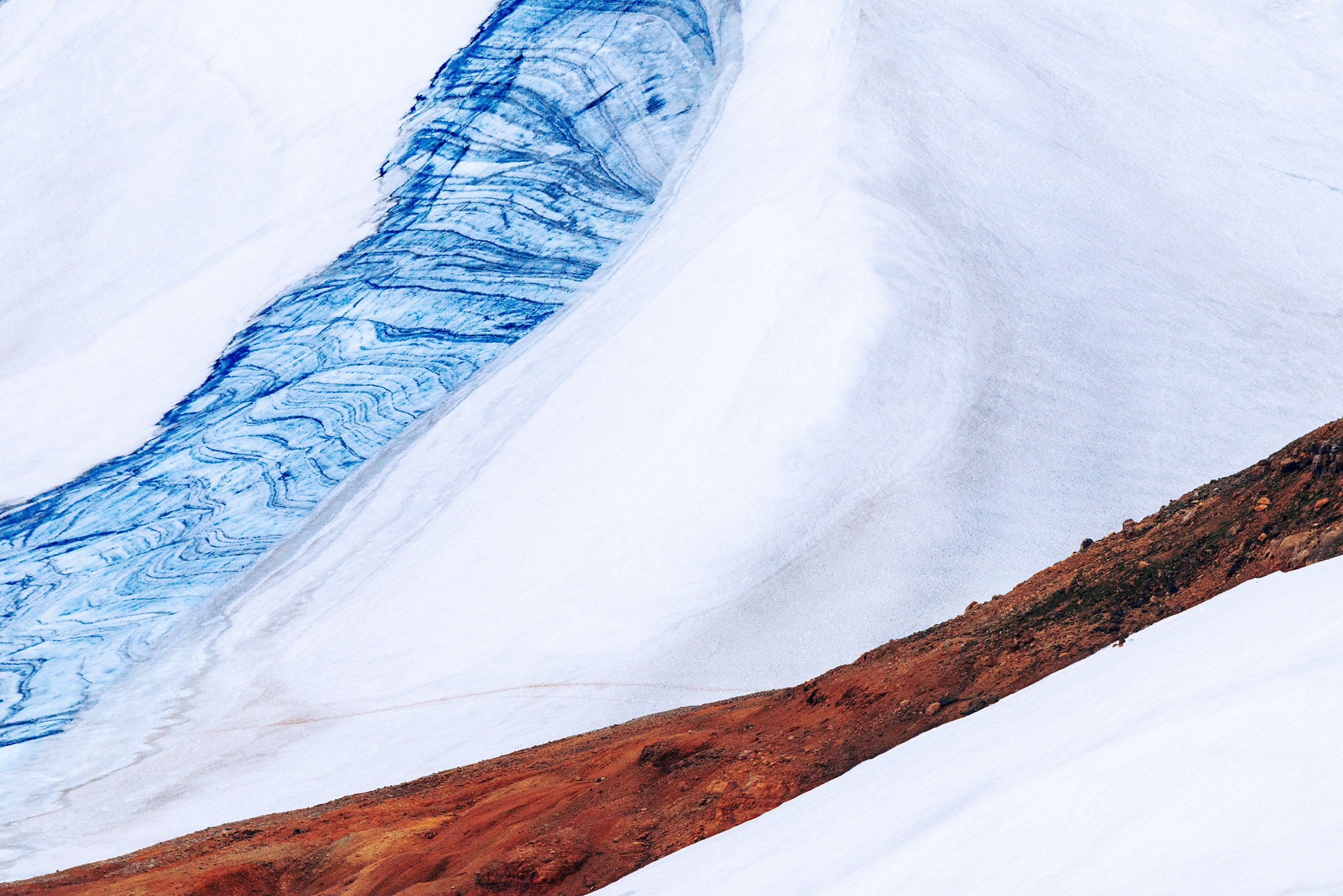
Conclusion
If you paid attention, in some cases I specifically used the first plural person, “we”. That's not a case. I have to include myself there, I'm not “without sin”. I made my own choices, and not all of them were wise or the right call to make. I had to make my fair amount of mistakes before I understood what was really important in photography and what not. It took me time to develop my own personal thoughts about how great photos should look like and who are the great artists in the landscape photography panorama. Who is a great example to admire and look at and who isn't. And slowly I also understood which one is the right way to develop my own personal style, even if it's not an easy task to have one and the road is still long, most likely endless. I personally felt into the “popularity trap” in the past, giving more importance to the appearance on social media than to the contents I was sharing, thinking that it was the right formula to become a landscape photographer. Guess what? It wasn't. There is no magic formula, there is no easy way. There is just a lot of hard work, exploration, failure, continuous study and a necessary humbleness to understand that we are never “arrived” and we can learn something new from everyone, every day.
